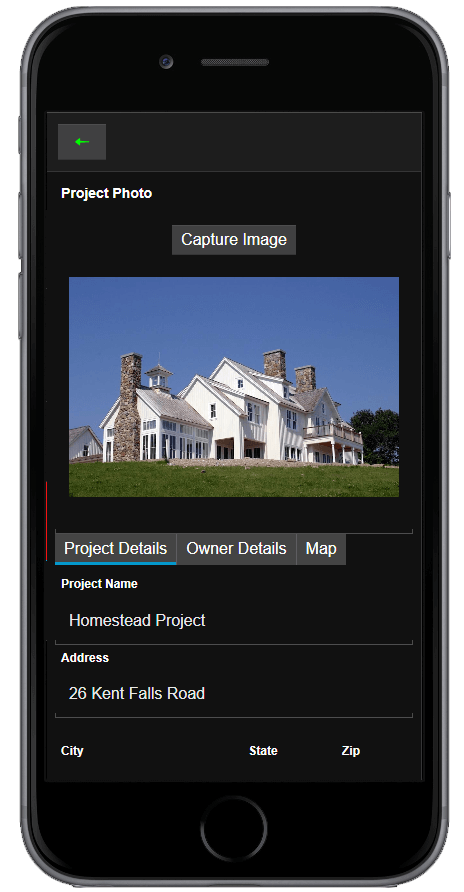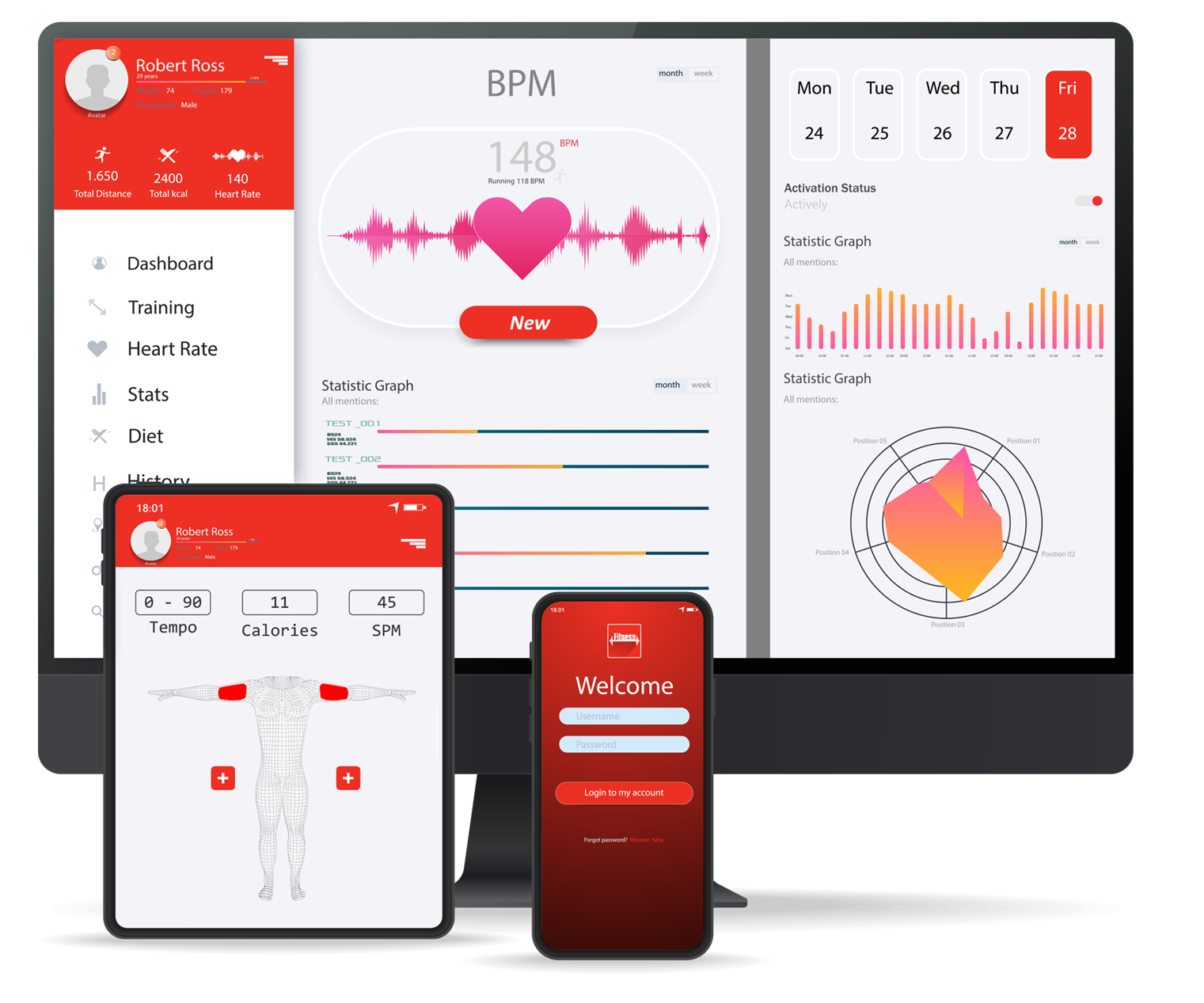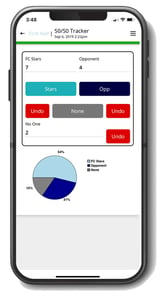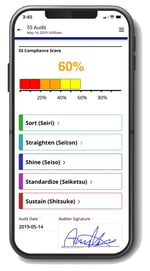Most platforms have built-in security and testing components. Testing takes place at an early stage during the software delivery cycle. That means that there is less chance that architectural errors will appear later on. However, risks of data exposure may remain. For example, a low-code visual integrated development environment (IDE) can leave data exposed on database or form builder applications. This is why QA teams still need to be vigilant when testing low-code applications.
So how has low-code development impacted software testing? Low-code development platforms empower business users to contribute to software development and testing. Developers implement and test business logic through point-and-click user interfaces. This is much easier than adding hand-coding in IDEs.
Programmers can have Minimal Viable Products ready to show to potential customers in rapid time because there is less testing involved. Low-code development allows them to run automated testing on core business processes. Small and medium-sized businesses benefit from software development and testing at a lower cost which is less error-prone. This accelerates their digital transformation.
Low-code platforms minimize the painstaking tasks of creating and testing applications. Drag-and-drop and/or point-and-click components speed up the development cycle. Gartner predicts that 65% of app development will take place on low-code platforms by 2024,
An efficient software development approach shortens the development cycle and leads to solutions that meet expectations.
Lean software development practices such as Agile and DevOps enable rapid application creation. Testing is a crucial part of any software project low-code or not. The testing process must be efficient so that developers can maximize time to value.
Automated and manual testing are the two main approaches to software testing. Automated testing uses tools and scripts that execute common test cases without human input. QA teams can automate testing at various points during the software development cycle. The automated approach eliminates bottlenecks that may obstruct meeting tight delivery deadlines.
Manual software testing is performed by humans and software. This approach provides a human perspective on application user experience. However, manual testing takes more time and can be error-prone. Here are some key additional differences between automated and manual testing:
An API (Application Programming Interface) is a computing interface that exchanges data between different software systems.
They define the type of requests, how software systems use requests, and specify the data formats.

API testing checks the functionality, reliability, performance, and security of programming interfaces. The business logic layer of the software architecture is the focus of this testing practice.
A typical application consists of three layers:
The business logic layer is where the transactions happen between the user interface and the database layers.
There are several benefits of API testing such as:
API testing uses XML and JSON formats, which means developers can use any programming language. XML and JSON use structured data, making tests fast and stable.
Compared to UI testing, automated API testing can save up to eight hours, reducing release times.
QA teams can run automated API testing before GUI (Graphical User Interface) testing. Earlier testing means earlier feedback which increases productivity.
Many API services include specifications that allow the creation of automated tests with comprehensive coverage.
There are several kinds of automated API testing: UI testing, Validation testing, Runtime & Error Detection, and Penetration testing.
Here are an additional three examples:
Low-code development platforms reduce the time and effort it takes to build applications. However, QA teams need to remain vigilant to ensure that applications are bug-free.
The need to run tests: Although there are fewer environment configurations and variables to test for, QA staff still need to spend time running tests. There is no guarantee that low-code vendors have been extra careful when pretesting each component.
Functional Testing: Functional testing uncovers external threats in applications. However, it is more challenging to identify errors in pre-built components than the ones built internally.


Applications Integration with External Resources: Low-code applications are part of larger workflows and need to integrate with external resources. APIs play a critical role in enabling these integrations. Ensuring the availability of external storage, networking, and other resources is critical in app development.
Reviewing an Application’s Quality: Before releasing an app created by a citizen developer, QA teams must first review the overall quality. This is especially the case whether the app is built for internal or external use.

Low-code tools introduce a new kind of developer: The business user. These developers are less knowledgeable about security best practices than professional developers. Juniper Networks Inc.'s CTO Kevin Walker believes that security awareness education is essential.
Low-code platforms should provide comprehensive access controls that prevent data exposure. Remote teams can use applications from anywhere, at any time, and from any device. With the right controls in place, organizations can avoid data breaches.
There are things a development team or IT department can add to a low-code platform to enhance security. Examples include: Implementing two-factor authentication, using a password manager for complex passwords, and automated security measures like single sign-on.
Web and mobile applications are constantly targets of attacks. The risk can increase when citizen developers work remotely or when code is auto-generated. Businesses need to employ best security practices to prevent SQL injections, phishing, and DOS attacks.
Rob Lemos, writing for TechBeacon, says security needs to be a part of an organization's broader plan. For low-code, this means including testing and reporting in app development and management.

Low-code applications have fewer outside risks. That could be why many companies overlook testing before they release their apps. Here is why this is a security risk:
Some applications need more testing than others. While low-code platforms empower citizen developers to build applications, it is easy to neglect handling and validation. From design to deployment, there is only a tiny window to identify errors. Failure to spot these glitches could increase cost and delay release.
Low-code platforms keep code concealed from developers, leaving the user interface as the main entry point for testing. That's why testing is critical before an application's release. For low-code apps, post-production testing is crucial to uncover flaws.

User testing is very important when you're releasing new smartphone apps or tablet apps made with low-code software.

At times, citizen developers who build applications may neglect positive user experience. An app's graphical user interface may hide poor app architecture. That's why QA teams need to test for usability, security, and accessibility issues and evaluate an app on several devices.
Companies should always have clarity of their goals before creating an application. Some questions to ask are: Who is it for, who will use it, and what process will it automate? To assess an application's effectiveness, QA teams need to test it in a non-production environment from an end-user's perspective.
Among the advantages of low-code is that it is less costly than traditional development. Citizen developers need guidance from their IT team to ensure that quality, security, and usability are sufficient.
Low-code tools allow users to create tests without needing code. They use code-like features such as Loops, “if” statements, and shared components. When small teams are tasked with creating and running tests, bottlenecks occur and application releases are slowed.
The design of traditional automation tests was to validate application coding. In 2020, a variety of new low-code solutions were introduced. These came equipped with machine learning, data analytics, and other advanced technologies. They reduced the traditional approaches of test maintenance and test rigidity.
As the tester navigates the low-code tool, it gains an understanding of every element and its context. When a user changes the elements and properties of one test, all tests containing similar features are adjusted.
Low-code tools, enable any team member to make updates to tests when needed, reducing the development team’s workload.

Low-code testing has had a significant impact. Here are four main areas where its influence has been significant:
There is an exhaustive list of benefits, and with new low-code solutions, the gains for businesses become even greater.
The impact of low-code development has been to build and run tests quicker. By using low-code tools citizen developers can create and run tests, reducing the burden on IT. While they have fewer vulnerabilities, QA teams still need to test applications. Low-code automated testing means less work for QA teams, increased reliability, cost-effectiveness, and a faster time to market.








You'll find Alpha Anywhere is the best low code development software for building web and mobile apps for business. We've made it easy to get started with Alpha Anywhere Community Edition, a full-featured and FREE low-code development environment. We have a team of experienced app designers and developers and offer mentoring and tutorials on how to build mobile apps.
The Alpha platform is the only unified mobile and web app development and deployment environment with distinct “no-code” and “low-code” components. Using the Alpha TransForm no-code product, business users and developers can take full advantage of all the capabilities of the smartphone to turn any form into a mobile app in minutes, and power users can add advanced app functionality with Alpha TransForm's built-in programming language. IT developers can use the Alpha Anywhere low-code environment to develop complex web or mobile business apps from scratch, integrate data with existing systems of record and workflows (including data collected via Alpha TransForm), and add additional security or authentication requirements to protect corporate data.
Alpha Software Corporation, based in Massachusetts, produces award-winning software that speeds mobile and web app development and deployment for business and IT. The core technology includes two components. Alpha Anywhere®, a full-stack low-code app development platform for building and deploying web and mobile apps. In just hours, Alpha TransForm® turns complex paper forms into powerful mobile forms that speed data collection.
Alpha Software is an InfoWorld Technology of the Year award winner, and scores near-perfect reviews from customers on crowdsourced review sites.
Customers rate Alpha Software highly for its speed of development, flexibility, offline apps, rich feature set and ability to scale predictably. For more information, visit https://www.alphasoftware.com/